Thanks to a recent announcement by SARSYS ASFT, we have the opportunity to present you a special Saab 900. This specially redesigned Saab 900 is designed to test friction at airports around the world, and the one we present to you is exceptional because it is still used at Härjedalen Airport.
In case you haven’t heard, SARSYS ASFT offers airport and road authorities with the technology that increases safety, cuts costs and creates environmentally friendly routines. They are the only supplier on this globe who develop and implement full scale integrated friction measuring systems. SARSYS ASFT uses, and has used, cars of other brands to create friction testers, but Saab cars have been used as recognizable in this function at airports around the world. The oldest friction testers were the Saab 900, but there are also the latest ones like the Saab 9-5, or this Saab 9000 SFT which you can see in the video below:
Thus, these cars have an extremely important mission: to check that the runway has sufficient grip so that the planes can take off or land in sufficient safety conditions. To do this, they have special equipment that measures the coefficient of adhesion or friction of the asphalt, obtaining a value that is communicated to the control tower and to which a category or “standard adherence level” is assigned between 0 and 6 , category 6 corresponding to the best possible conditions. However, technically, this friction coefficient, which is represented by the Greek letter mu (μ), takes design values in the vicinity of 0.1 (very low grip) to 1.2 (a dry circuit asphalt with slick tires).
Table of Contents
SARSYS ASFT
However, the reason why most of these cars are related to the Swedish brand is because in the mid-1950s the Swedish National Institute for Road and Transport Research (VTI) developed a relatively reliable, inexpensive and reliable method. quick to determine the coefficient of friction of a road (or runway), something that is especially useful in the case of air transport, since the various laws require knowledge of it.
The VTI then partnered with Saab in 1970 in a joint venture to finalize this method, taking advantage of the fact that it was a national brand with strong ties in the aviation world, but above all, with a powerful engineering department that developed its work in a similar way to Porsche in those years, providing services in a similar way to a consultancy.
This is how Saab Friction Tester was born, a division that with the sale of the company to General Motors in 1991 was acquired by ASFT, who is currently in charge of supplying airports around the world with this type of car known as SARSYS- ASFT Cars, among which we can find models such as the Volvo XC40, the Volvo XC60, the Skoda Octavia or the Volkswagen Sharan, as well as trailers with all the equipment ready to be hooked up to any other car.
The Fifth Wheel
But what does this equipment consist of and how do they measure the coefficient of friction? Well, the secret of all this lies in a fifth wheel that is housed approximately in the trunk space and that has a tire with characteristics in terms of grip and composition practically the same as those used by airplanes. Thus, at the time of measurement, that fifth wheel is deployed in a similar way to a landing gear and is pushed against the asphalt with a force of 1,400 N (about 140 kg).
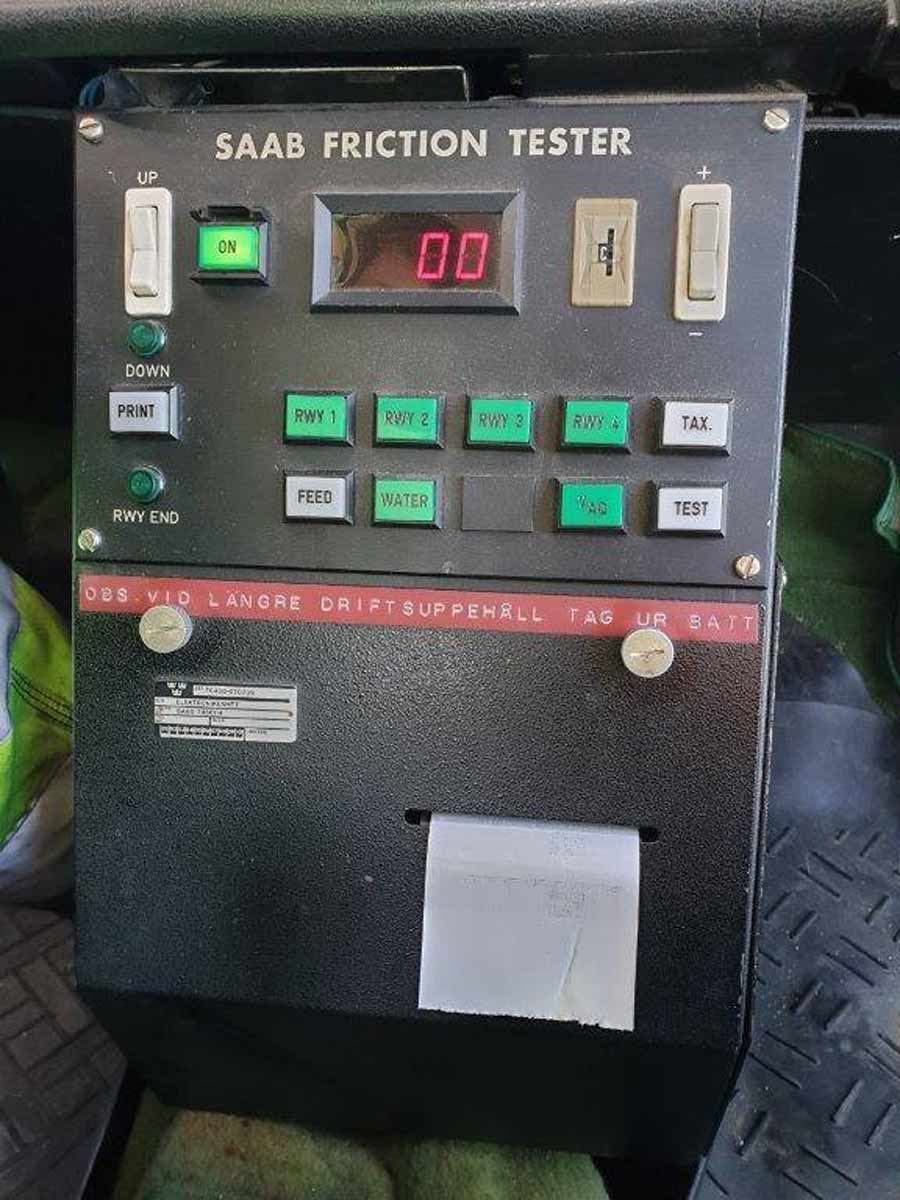
In principle, this wheel should rotate freely, with a torque meter installed, a magnitude with which and by means of simple mathematical formulas it is possible to obtain the value of the coefficient of friction. Likewise, these cars also equip a water tank that can reach up to 500 liters of capacity, since to carry out this measurement the asphalt must have a 1 mm film of water that simulates any unforeseen event that may occur in reality, completing These modifications with a computer that makes the pertinent calculations (in the past it was housed in the radio compartment), as well as specific controls on the steering wheel to control the device.
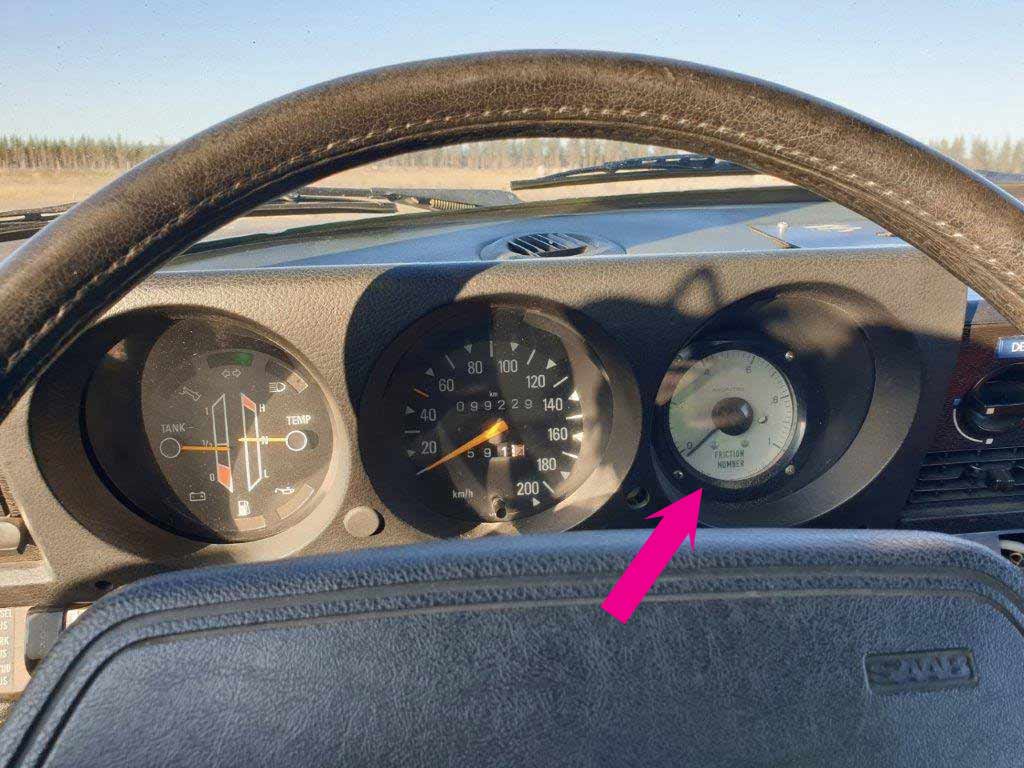
In addition, the chosen base must have sufficiently powerful mechanics – (one of the most famous models was the Saab 900 Turbo) to be able to perform the test at the required speeds in a comfortable and agile way, as well as have an automatic transmission to free the driver from work and control speed.
Long-term use
On the other hand, it is common for these vehicles to continue in service even with a good number of years behind them (even more than 20), since the cost of modifications and equipment must be added to the base price, which According to various sources, it is in the order of one hundred thousand euros, this being one of the reasons why when an airport puts a unit up for sale, it is often bought by another of them with fewer economic resources.
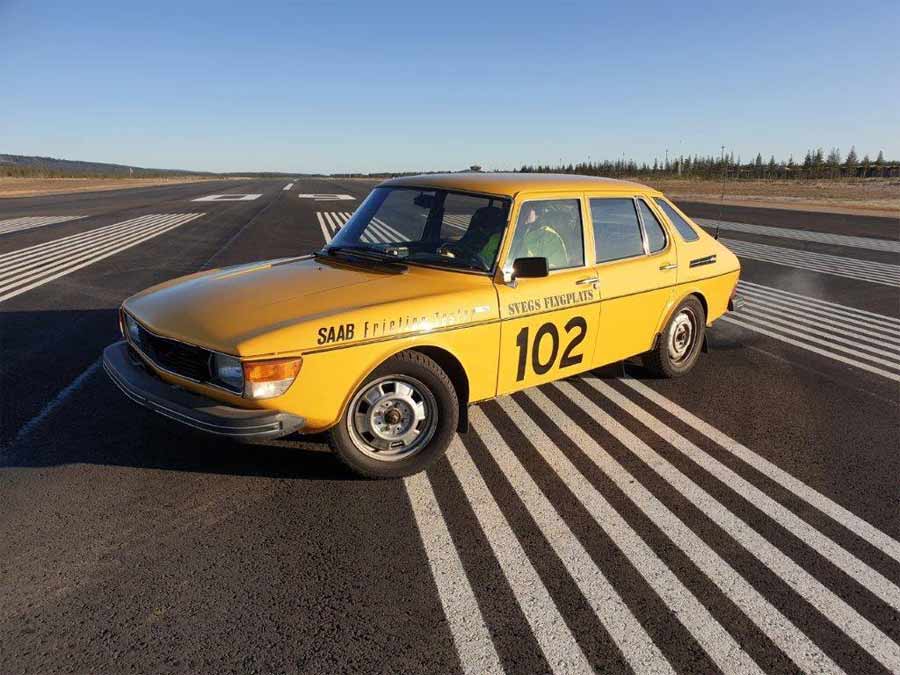
It is with great joy we share these pictures from Härjedalen Airport of their old but beautiful Saab Friction Tester. It is SFT#13, and from the first production batch of Saab Friction Testers. The Saab Friction Tester program that they originated out of started in the early 70s.








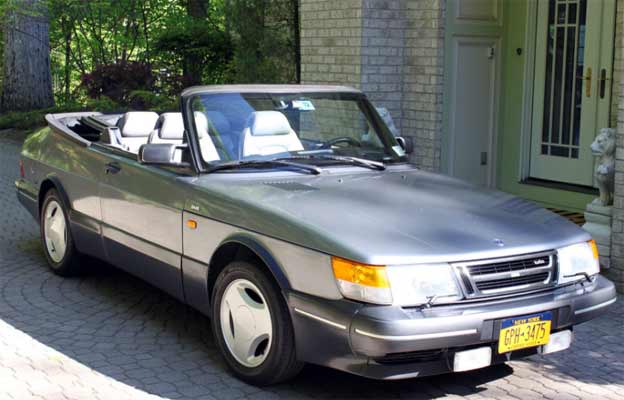

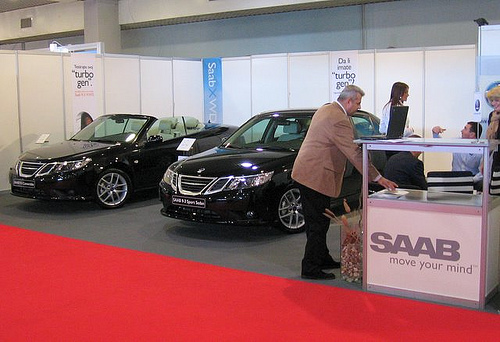

There was a SAAB 900 friction tester at the airport in Burlington Vermont for many, many years. Unfortunately, it has been a very long time since I have seen it there- I think they must have finally gotten rid of it. It was interesting to see how it has a fifth wheel mounted in the back that could be lowered and measure the traction available so that pilots landing there in the winter had an idea of how hard they could brake on ice and snow… I wonder how many SAAB made of both the 900 and the 9000, when they were first used, and if there any still left in service? Maybe somewhere in Sweden, Norway or Finland? What replaced them? I still have my 1992 SAAB 900 Turbo (coupe). It’s the commemorative edition, last year for the old 900 (the convertible was available through1993) in the U.S. and for me, at least, was the last true SAAB. It’s sad to think what might have been if only G.M. had known what to do with SAAB, instead of trying to fit a round peg (SAAB) into a square hole (G.M. corporate & marketing structure). Had they looked at SAAB’s strengths, and used them to innovate & develop new technologies across their range, (think of all the SAAB safety developments for just one example), we might still have SAAB, with an expanded range of cars as one of G.M.’s leading brands, and much better G.M. (Opel/Vauxhall/Chevrolet) cars today… Just my opinion.